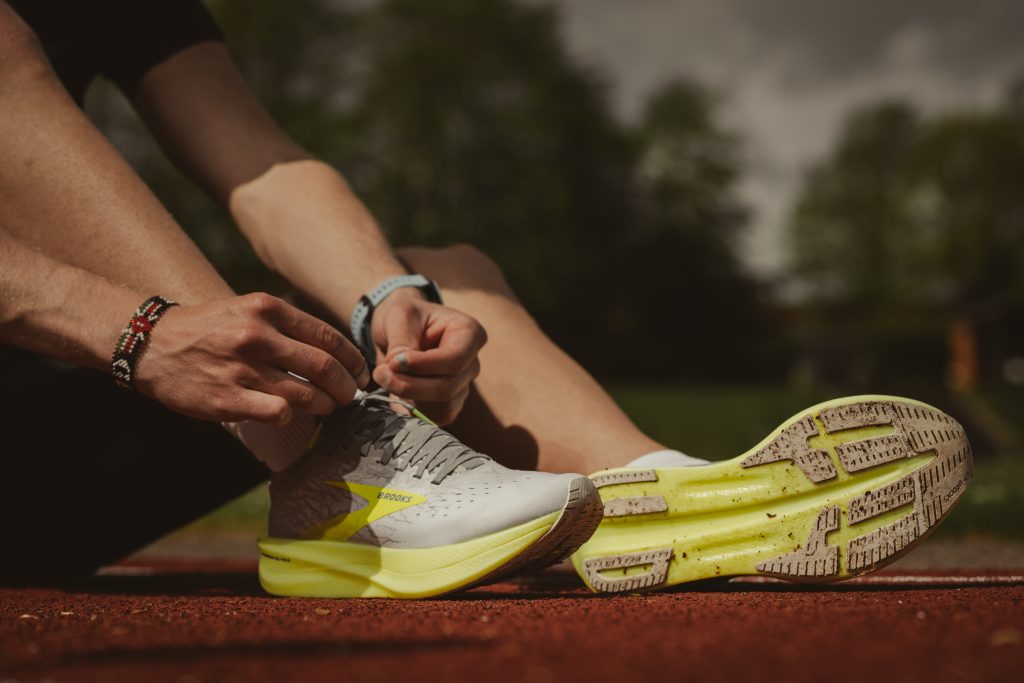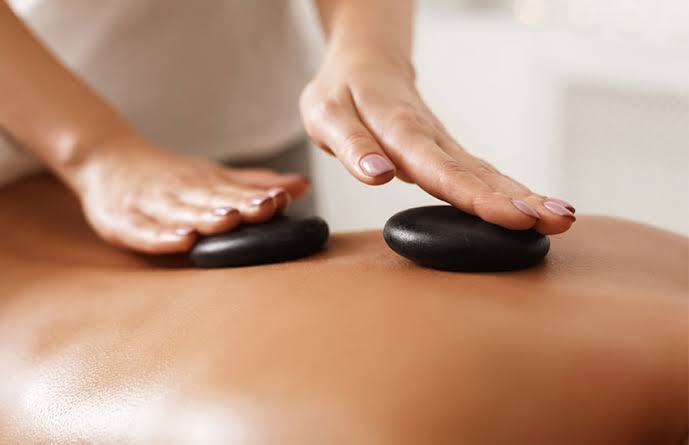Hello there! I’m your friendly neighbourhood myotherapist, and today, I want to shed some light on a common issue that many individuals face: tendonitis. If your have had tendon pain, suspect you have tendonitis or you’ve recently been diagnosed with tendonitis, you’re probably wondering what steps you should take next. Read on to learn about dealing with tendonitis. Don’t worry; we’ve got you covered.
Understanding Tendonitis
First and foremost, let’s grasp what tendonitis is. Tendonitis is the inflammation of a tendon, the fibrous structure that connects muscle to bone. It can cause pain, tenderness, and reduced mobility, making everyday activities a real challenge. There are as many types of tendonopathies are there are tendons. Common types include;
• Lateral epicondylitis. This is most often known as tennis elbow. It causes pain in the backside of the elbow and forearm, along the thumb side when the arm is alongside the body with the thumb turned away. The pain is caused by damage to the tendons that bend the wrist back and away from the palm.
• Medial epicondylitis. This is most often known as golfer’s or baseball elbow. It causes pain from the elbow to the wrist on the palm side of the forearm. The pain is caused by damage to the tendons that bend the wrist toward the palm.
• Rotator cuff tendonitis. This is also known as biceps tendonitis. It’s a shoulder disorder. It causes inflammation of the shoulder capsule and related tendons.
• DeQuervain’s tenosynovitis. This is the most common type of tenosynovitis disorder. It causes swelling in the tendon sheath of the tendons of the thumb.
• Biceps tendonitis. This condition is an inflammation of a part of the tendon that connects the biceps muscle to the radius bone at the elbow.
• Triceps tendonitis. This condition is an inflammation of the triceps tendon, which connects the triceps muscle to the elbow. Triceps tendonitis causes pain and limits movement in the arm.
• Achilles tendinitis; The Achilles tendon is a thick band of tissue attaching the heel to the calf muscle. This tendon, which helps a person walk, run, and jump, endures a great deal of stress. Because of this, Achilles tendinitis is a common sports injury.

Initial Steps
Your journey to dealing with tendonitis begins with a few essential steps:
1. Consult a Healthcare Professional
If you haven’t already, seek guidance from a healthcare provider such as your GP or physical therapist. They will confirm the diagnosis and provide valuable insights into the severity of your condition.
2. Rest and Ice
In the initial stages, rest is key. Avoid activities that aggravate your symptoms, and apply ice to the affected area to reduce inflammation and ease pain.
Treatment Protocols
Now, let’s delve into the treatment protocols you should consider
1. Physical Therapy
A myotherapist like myself can be an excellent addition to your treatment team. We specialise in soft tissue therapy, which can help alleviate muscle tension and promote healing. Gentle massage, tens and dry needling techniques tailored to your condition can work wonders in relieving pain.
2. Exercise and Stretching
Your therapist will likely recommend specific exercises and self massage techniques like foam rolling to improve flexibility and strength. These exercises target the affected tendon, gradually increasing its capacity and reducing the risk of future injury.
3. Bracing and Support
In some cases, bracing or taping the affected area can provide support and reduce strain on the tendon. Your myotherapist might refer you to physio or podiatrist for the right type of brace or taping.
4. Medication
Non-steroidal anti-inflammatory drugs (NSAIDs) may be prescribed by your doctor to manage pain and inflammation. Always take medications as directed and consult your healthcare provider if you have concerns.
5. Ergonomics and Lifestyle Changes
Evaluate your daily activities and make necessary adjustments. Proper ergonomics during exercise, at work and home can significantly reduce the strain on your tendons. Additionally, consider modifications in your sport and exercise routines to prevent exacerbation of the problem.
Long-Term Recovery
Remember, tendonitis is often a condition that requires patience. Healing can take time, and it’s crucial to follow your treatment plan diligently. As you progress, you may gradually reintroduce activities, but always listen to your body. If pain or discomfort returns, it’s essential to scale back and continue your rehab program.
Preventing Future Tendonitis
Once you’ve successfully recovered from tendonitis, it’s essential to take steps to prevent a recurrence.
1. Maintain a Healthy Lifestyle; Proper nutrition and hydration support tissue health and repair.
2. Regular Exercise; A balanced fitness routine that includes stretching and strength training can help prevent overuse injuries.
3. Listen to Your Body; Pay attention to any warning signs of overuse or strain, and don’t push through pain.
Tendonitis may be a temporary setback, but with the right treatment protocols, you can regain your strength and mobility. Remember to consult with healthcare professionals, including myotherapists and physical therapists, to guide you through your recovery journey. Be patient, stay committed to your rehabilitation program, and prioritise prevention to keep tendonitis at bay in the future. Your health and well-being are worth the effort!
Book for your tendonitis treatment at ALM Remedial today. Servicing the Yarra Valley and Dandenong Ranges.



